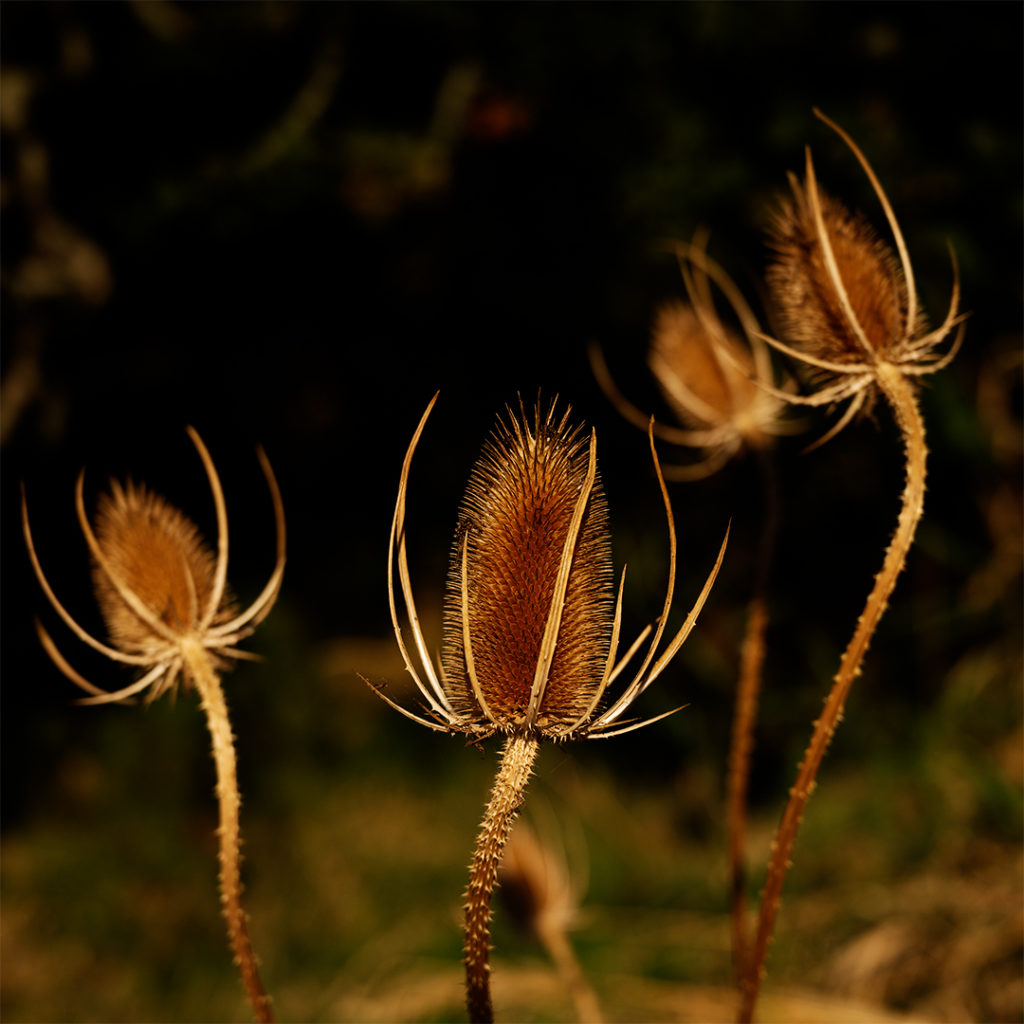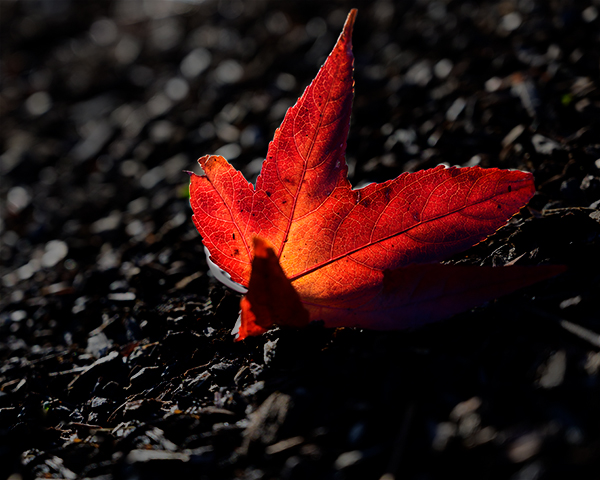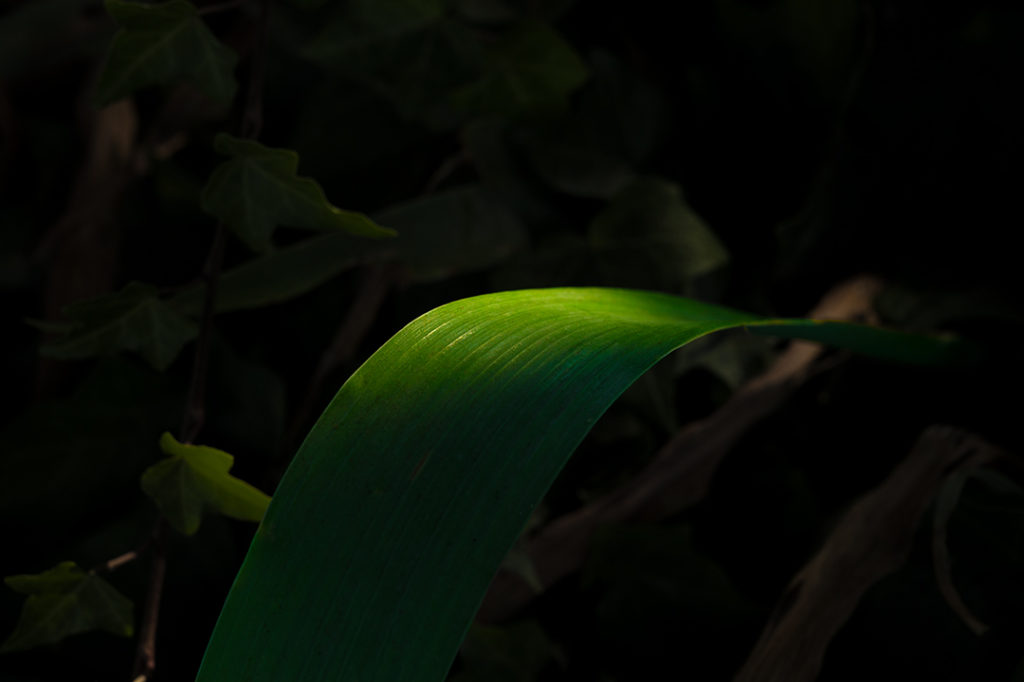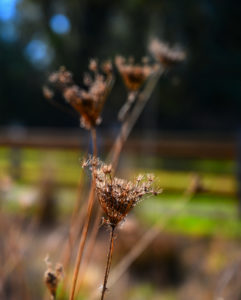Sufficient Photography
Some things in life are necessary, but not sufficient. For example, we need food to live, but we also need water, air, exercise, and so on. Food alone is not enough, it is not sufficient.
While this seems obvious for some things like food, it’s harder to remember in other places such as when exploring new ideas, doing experiments, creating pictures, and so on.
For example, when taking typical pictures, things like proper exposure are necessary, but that is not sufficient to make a good picture. We still need to worry about proper focus, aperture, ISO, and so on, in order to produce a desired picture.
But even control of all the technical parameters is not enough if there is no artistic vision. There needs to be some sense of meaning and aesthetics in order to really craft a picture. Without those ephemeral things, we are simply making a snapshot. Maybe interesting, especially if the subject is profound, but generally not sufficient to create art.
Read more
Careless Vision
A single dried leaf lays on the ground, backlit by the afternoon sun.
Glowing, reminding us of life that it used to hold, now fading like the sunlight itself.
A little moment of beauty that’s easy to miss in the daily rush.
A careless step and this bright little wonder would be ground underfoot.
It is often said that we should stop and smell the roses, to take the time to appreciate the beauty all around us. Before we can do that, however, we need to take the time to notice the beauty in the first place. Perhaps one reason it’s so easy for us to miss the smell of roses is that we are ignoring the flowers.
Read more
Photographic Confirmation Bias
In photography, it is often thought that we need better scenes in order to take better pictures. For example, National Geographic photographer Jim Richardson said “If you want to be a better photographer, stand in front of more interesting stuff.” This seems to reflect a common perspective.
The implication is that there are places which lack interesting stuff, so we need to go elsewhere.
This is often exemplified by people going to extreme locations in order to get great pictures. And of course, they are often successful because there are indeed wonderful things to see there.
Read more
Consciousness and Spherical Photography
Previously I have written about how spherical photography can be a metaphor for looking around, and how it illustrates the value of doing so. There is no comparable way to change the view in standard photography, of course. However, we can still choose what part of a photograph to focus on.
Generally, however, our eyes move around a photograph without much conscious effort, and photographers often design pictures to guide the viewer’s gaze through the use of color, composition, and so on. The general tendency is to follow the artist’s lead.
With spherical photographs, however, we not only have the ability to look around more, but that action is generally much more deliberate. Instead of the unconscious movements of our eyes, viewing a spherical photo involves moving a mouse, or swiping on a screen, or moving our head while wearing a special headset. In any case, it is a much more deliberate, conscious effort.
This difference between static photographs and interactive spherical photographs allows us to explore some of the ideas around what is meant by “conscious” in this sense. It typically refers to an act done with deliberation and full awareness. Implying, among other things, that there is a mind, a consciousness, involved.
We use this term easily; it seems to be something that we all understand even though the nature of consciousness itself is still a mystery. Are we just the result of chemical reactions, so that looking at a spherical picture just involves different chemical reactions? Or is there more to us than that, something beyond the material, such that the viewing intent is as mysterious and non-physical as our minds?
This is a question that science has not yet answered. It’s not even clear if science can answer it since it may involve things beyond the physical, material world. Even defining the problem is still a challenge. Thus, we may need additional tools, which is why some mind researchers have suggested that the arts offer interesting insights into the nature of consciousness.
Perhaps photography can play a role here, and that is one of the reasons that spherical photography is more interesting than just another way to create pictures. Perhaps it can help explore the mystery of consciousness.
For, if the mind is more than just material, this has big implications for our understanding of all reality, of the whole universe.
Local Wonder
Photographers, and artists in general, often use the idea of an “artistic vision” to describe the kind of work that they do. I find that idea to be helpful, that it can provide focus when working on my own art and craft. Of course, it’s always great to work on things just for fun, and a lot of good work can be produced that way. But for myself, it helps to also have a focus, a goal when setting out to create pictures.
So, here is a first pass at what I’ve found most interesting to pursue in photography. I call it “Local Wonder”.
Read more
Seeing Life
One of the persistently difficult questions that comes up in science is how to define life – how to determine if something is living. To most of us, it’s fairly obvious. Plants and animals, including humans, are alive. Rocks, water, and so on, are not.
However, the question gets more complicated for scientists that study things like viruses and other very simple organisms that, although they are organic and interact with other living things, do not have all the characteristics of other life. Nevertheless, they often have DNA and it seems troubling for some reason to not think of them as living.
Regardless of what one thinks about this issue, the initial observation, that it’s obvious to most of us what life looks like, is worth some deeper consideration.
Read more
Conversing With Photography
A couple years ago, I developed a photography project called “Isolations”. The idea was to make a series of pictures, typically close-up, of things isolated from their surroundings. The most common technique was to blur the backgrounds, but dimming it, desaturating, and so on, are all reasonable possibilities.
One of those pictures wasn’t quite that simple, in that there were a series of items that moved progressively out of focus, while the main subject was clear. I took the picture casually, not thinking it was a great example of what I was looking for, but interested in what was there, what might be made of it.
Here is the picture:
Looking at it later, the weeds seemed to be playing “follow the leader”, and this led me to think of how this was a picture of leadership. It was a positive metaphor in that the leader was involved, in the front, blazing the trail, rather than in the rear telling other people to do all the work. On the other hand, it was also a picture of leaders who are “prickly”, who may be difficult to work for, abrasive to the people they are leading, and so on. Both worked, it just depended on what one wanted to bring out.
It was interesting to me that these concepts were not in mind when taking the picture, but really jumped out afterward. I actually learned some things about leadership and how to think about it. The process led me to think about what other things could be pictured as part of a photography project.
This back and forth sequence was like a conversation between myself and my photographic activities. Seems like an interesting idea – to use photography itself as a way to think through things. Even if a good picture does not result, there would be value in the process just like with any other conversation. In fact, might this be a comment on the artistic process in general?




